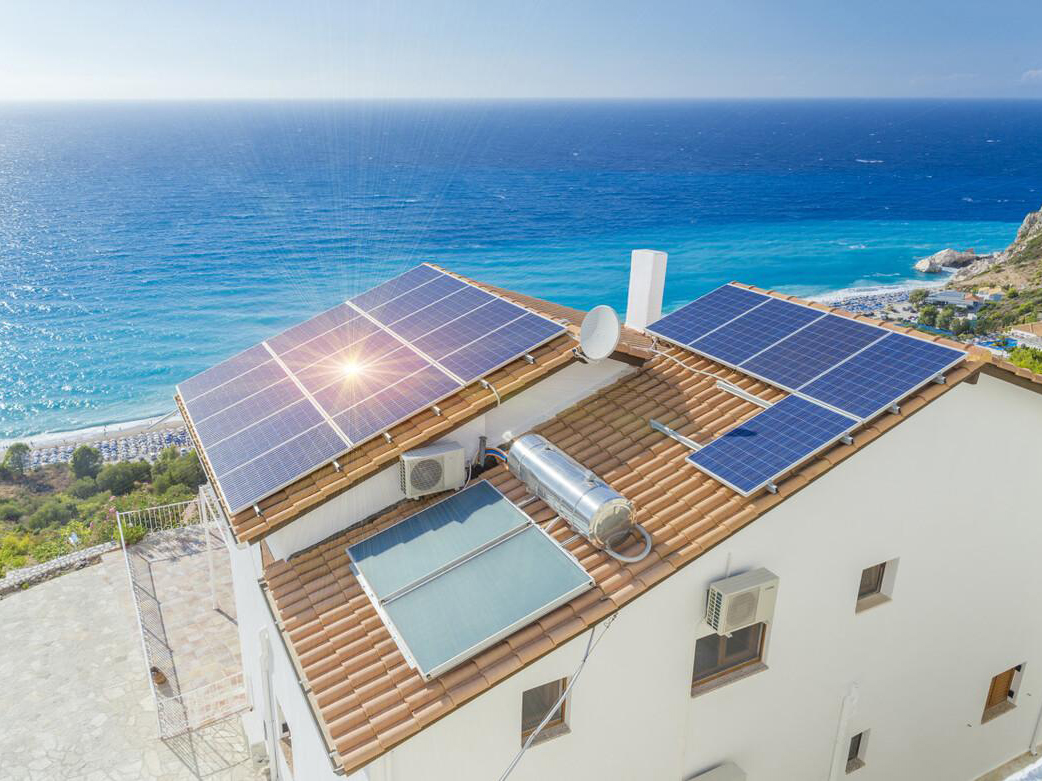Work Hours
Monday to Friday: 7AM - 7PM
Weekend: 10AM - 5PM
Are photovoltaic power generation projects reliable?


Photovoltaic power generation has been around for more than 10 years, but there are still many families who don’t know much about it, and they don’t even know what equipment is available. It’s not everyone’s fault. Photovoltaic power generation is a high-tech industry with fast technical product updates and is also an industry that is heavily subsidized by national policies. The many halos have attracted some irresponsible people or units to profit and harm farmers’ families. Now let’s take a look at the early days of photovoltaic power generation, the current situation, the model of photovoltaic power generation, and how to avoid pitfalls and prevent being cheated. Is the photovoltaic power generation project reliable?
Early photovoltaic power generation in China
Since 2007, China’s solar cell production has ranked first in the world. In 2009, it accounted for 40% of the world’s total solar cell production. However, a manufacturing power is not the same as an industrial power. “Two ends are outside” (raw materials and downstream markets) is a true portrayal of my country’s photovoltaic industry at that time.
In 2012, the United States and Europe successively imposed tariffs on photovoltaic products exported from China. The so-called “double anti-dumping investigation” of anti-subsidy and anti-dumping has dealt a huge blow to China’s photovoltaic manufacturing industry. Suntech, the leading company at the time, lost an average of tens of millions of yuan per day in the first half of 2021, and finally implemented bankruptcy reorganization in 2013.
In July 2013, the State Council issued the “Several Opinions on Promoting the Healthy Development of the Photovoltaic Industry”, proposing measures to promote the healthy development of the photovoltaic industry from multiple levels such as price, financial subsidies, taxation, project management and grid management. In August of the same year, the National Development and Reform Commission, in accordance with the requirements of the State Council document, issued the “Notice on Playing the Role of Price Leverage to Promote the Healthy Development of the Photovoltaic Industry”, further improving the price policy of photovoltaic power generation projects, and successively formulated three types of resource area benchmark grid-connected electricity prices (0.9 yuan/kWh, 0.98 yuan/kWh, 1 yuan/kWh) and distributed photovoltaic power subsidy standards (0.42 yuan/kWh), and established a subsidy payment mechanism for grid companies to pre-allocate subsidy funds on a quarterly basis and grid companies to transfer subsidies on a monthly basis.
The introduction of the “electricity price subsidy” triggered a wave of domestic photovoltaic power generation investment. Since 2013, stimulated by the electricity price subsidy mechanism, China’s photovoltaic power generation industry has ushered in a wave of enthusiasm, and the installed capacity has begun to enter the fast lane of doubling. The newly installed capacity has exceeded 10 million kilowatts, exceeding the total newly installed capacity in the previous five years.
In 2015, my country’s newly installed photovoltaic power generation capacity exceeded Germany, and the cumulative installed capacity reached 43.18 million kilowatts, becoming the country with the largest photovoltaic installed capacity in the world. Since then, it has continued to lead the world. From 2015 to 2017, China’s annual average installed capacity growth rate reached 75%. By the end of 2017, the cumulative grid-connected installed capacity exceeded 130 million kilowatts.
The current situation and future of photovoltaic power generation
According to data recently released by the National Energy Administration, as of the end of April this year, the installed capacity of photovoltaic power generation has accumulated to about 440 million kilowatts, a year-on-year increase of 36.6%. So far, photovoltaics have surpassed hydropower to become the second largest power source in the country. In Zhu Gongshan’s view, photovoltaics and other new energy sources are at the “C position of the times”, and photovoltaics entering the terawatt era will be deeply embedded in other energy forms and application scenarios.
However, when the photovoltaic industry stands at the forefront of the global energy transformation and its scale leaps, how to ensure high-quality development has become a common question faced by the entire industry.
Cao Renxian said that at present, my country’s photovoltaic industry has become the most complete industrial chain in the world, and it has maintained a global lead in all links. my country’s photovoltaic industry has become an emerging industry with global competitiveness and is expected to become a model of high-quality development. When it comes to industry competition, Liu Hanyuan believes that “what China lacked in the past was not competition and competitiveness, but proper control of disorderly competition, increasing the intensity of orderly competition, and increasing rational business thinking.”
How much potential does photovoltaic demand have?
Not surprisingly, the new installed capacity of the photovoltaic industry has maintained a rapid momentum this year.
According to data released by the National Energy Administration, from January to April 2023, my country’s new photovoltaic installed capacity was 48.31GW, a year-on-year increase of 186.21%. In the view of the industry, photovoltaics are expected to become the world’s largest energy source in the near future.
